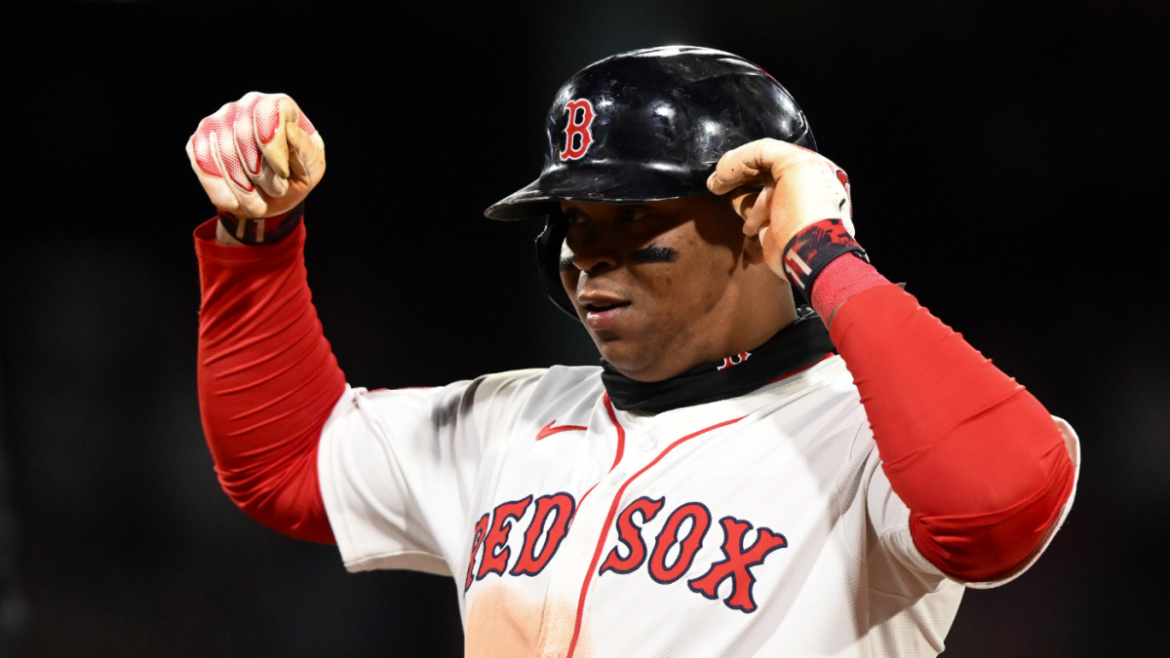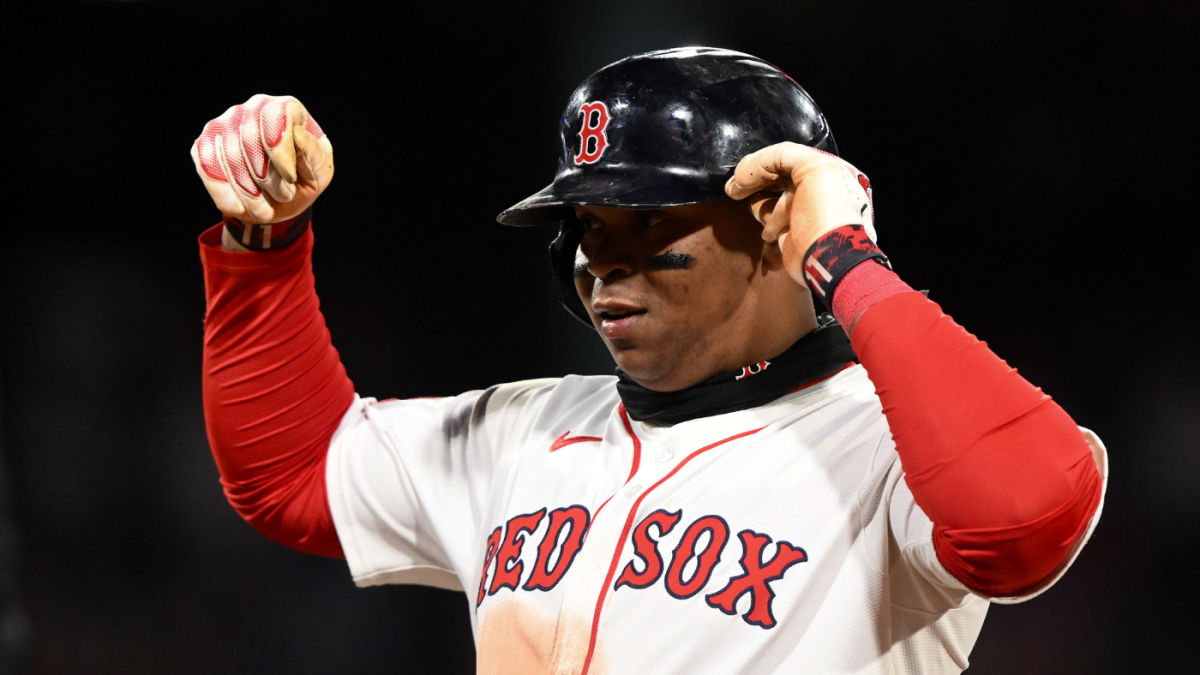The Rafael Devers Trade: A Deep Dive Into the Winners and Losers Across MLB
The Major League Baseball landscape was rocked recently by a blockbuster trade involving Rafael Devers, a star third baseman formerly of the Boston Red Sox. Devers, at age 28, known for his offensive prowess and fiery competitive spirit, is headed to the San Francisco Giants. This move ushers in a new era for both franchises and sends ripples through the league. Analyzing this trade reveals distinct winners and losers, not only from the perspective of teams but also fans and broader MLB dynamics.
—
Background and Context of the Trade
Rafael Devers had been a cornerstone of the Boston Red Sox since his arrival, embodying both the offensive firepower and homegrown talent cherished by the New England fan base. His reputation includes a batting line hovering around .272 average, a .401 on-base percentage, and a slugging percentage over .500, with 15 home runs across 73 games this season. These numbers underscore his critical role in Boston’s lineup.
The trade sent Devers from Boston to the Giants in exchange for a package that included right-hander Jordan Hicks, left-hander Kyle Harrison, versatile prospect James Tibbs, and minor-league pitcher Jose Bello. This haul reflects Boston’s attempt to retool and look toward the future, acquiring young pitching talent that could reshape their roster in the coming years.
—
Winners of the Trade
San Francisco Giants
The headline winner is undoubtedly the Giants. By acquiring Rafael Devers, they significantly upgrade their infield and add a formidable bat to their lineup. Devers’ ability to hit for power and average complements San Francisco’s offensive setup and boosts their playoff contention chances. This move may be viewed as the Giants betting on established star power over longer-term rebuilding.
Boston Red Sox (Potential Long-Term)
While initially seeming like a loss with the departure of a homegrown star, the Red Sox could emerge strong in the long-term. The players brought in offer upside and depth, especially the young arms. If Harrison and Hicks develop into frontline pitchers and prospects mature, Boston might have laid a foundation for sustained competitiveness. This trade reflects a forward-thinking approach prioritizing pitching development and roster flexibility.
MLB and the Fans Looking for Competitive Balance
Trades of this caliber generate excitement and keep the league dynamic. The swap impacts multiple divisions and fan bases, ensuring unpredictability in playoff races. Enhanced competition benefits the league’s overall appeal.
—
Losers of the Trade
Boston Red Sox Fans
At the emotional level, Red Sox fans are facing the loss of another franchise icon. Rafael Devers, much like previous stars such as Mookie Betts, represented hope and continuity. His trade compounds a sentiment of losing homegrown talent, which often dampens morale and fan enthusiasm in the short term.
Boston Red Sox Immediate Contention Prospects
The timing is puzzling. Occurring mid-season on June 15, it suggests the Red Sox may be stepping away from immediate contention despite a roster capable of competing. This could translate into lost wins during the season as the team reconfigures without a key offensive pillar.
Uncertainty for Rafael Devers
While the trade elevates Devers to a contender in San Francisco, transitioning to a new team mid-season can be challenging. Adjusting to a new city, team dynamics, and expectations may affect his short-term performance. Moreover, the pressure to justify the trade can weigh heavily.
—
Broader Implications: The Future of MLB Rosters and Trades
This trade reflects a modern MLB trend where franchises balance winning now with building for the future. Boston’s strategy aligns with acquiring young arms to manage pitching demands in the analytic and injury-aware era. Conversely, San Francisco illustrates a willingness to trade prospects for immediate star power.
The deal also triggers ripple effects: it influences how other teams approach trades, especially around deadlines. The MLB trade and free agency market sees mounting pressure for blockbuster moves, forcing teams to strategically weigh short-term excitement against long-term viability.
—
Conclusion: A Trade with Far-Reaching Impact
The Rafael Devers trade between the Boston Red Sox and San Francisco Giants is more than a simple player transaction; it’s a defining moment that reshapes team identities, fan expectations, and the competitive balance of Major League Baseball. The Giants emerge with a clear upgrade set to bolster their playoff hopes, while the Red Sox embrace a longer-term rebuild infused with promising pitching talents.
In the short term, fans and players alike adjust to shifting dynamics, but the full ramifications of this trade will unfold over seasons, as prospects develop and players find their rhythm. It underscores the ever-evolving nature of professional sports, where loyalty, strategy, and the business of winning intersect in dramatic fashion.
This trade serves as a powerful reminder of how MLB’s pulse beats strongest at the crossroads of ambition and strategy, making every move a gamble with potential for glory and heartbreak alike.





